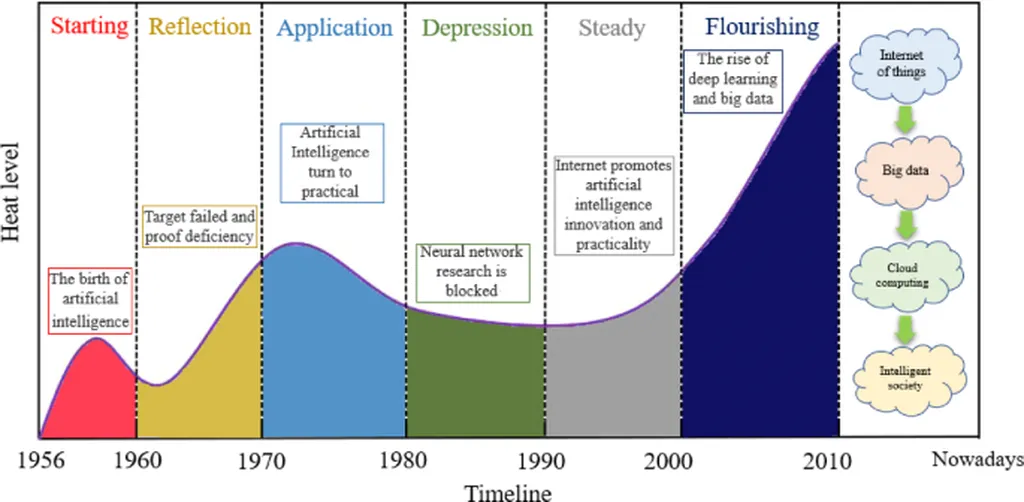In the heart of China’s mining sector, a groundbreaking development is poised to revolutionize geological exploration and fault prediction, with significant implications for the energy industry. Researchers, led by ZHOU Guanqun from the School of Resources and Environmental Engineering at Hefei University of Technology, have harnessed the power of deep learning to enhance the accuracy and efficiency of strike-slip fault detection in coal mines.
The team’s innovative approach combines transmitted in-seam wave seismic exploration with a sophisticated Convolutional Neural Network–Long Short-Term Memory (CNN-LSTM) model. This fusion of traditional geological methods and cutting-edge artificial intelligence has yielded impressive results, with a prediction accuracy that could redefine safety and operational standards in mining.
Transmitted in-seam wave exploration has long been a staple in detecting geological structures and hazardous bodies within working faces. However, it has been plagued by limitations such as shallow exploration depth, low resolution, and susceptibility to environmental noise. ZHOU Guanqun and his team have tackled these challenges head-on, leveraging deep learning to extract local features and capture temporal dependencies in the in-seam wave data.
“The CNN-LSTM model allows us to achieve collaborative analysis of spatiotemporal features, significantly enhancing our predictive capabilities,” explains ZHOU Guanqun. The model was trained using a simulation dataset generated through elastic wave finite difference algorithm forward modeling. The results were staggering—a root mean square error of just 4.3934 meters, a mean absolute error of 2.9875 meters, and a coefficient of determination of 0.9883. These metrics underscore the model’s high prediction accuracy and robust generalization capability.
The team further validated their model using real-world data from the 506 working face of a mine in Inner Mongolia. The findings were consistent with actual mining conditions, demonstrating the model’s practical applicability. Notably, the CNN-LSTM model outperformed traditional in-seam wave energy attenuation imaging and radio borehole penetration detection technologies.
The implications for the energy sector are profound. Accurate fault prediction is crucial for ensuring the safety of mining operations and optimizing resource extraction. By reducing the risk of unexpected geological hazards, this technology can enhance operational efficiency, minimize downtime, and ultimately boost productivity. Moreover, the ability to predict fault locations with such precision can lead to more informed decision-making, allowing energy companies to plan and execute their mining activities with greater confidence.
This research, published in the journal ‘Gong-kuang zidonghua’ (which translates to ‘Mining Automation’), represents a significant leap forward in the integration of artificial intelligence and geological exploration. As the energy sector continues to evolve, the adoption of such advanced technologies will be pivotal in meeting the growing demand for resources while ensuring the safety and sustainability of mining operations.
The work of ZHOU Guanqun and his team not only highlights the potential of deep learning in geological exploration but also sets the stage for future developments in the field. As researchers continue to refine these models and explore new applications, the energy sector can look forward to a future where predictive analytics and artificial intelligence play a central role in shaping the landscape of mining and resource extraction.

